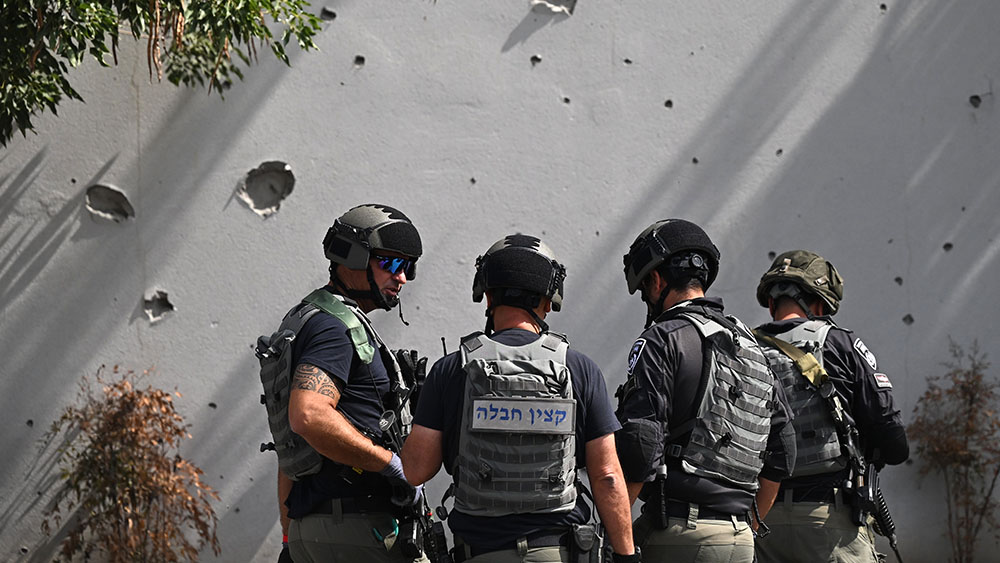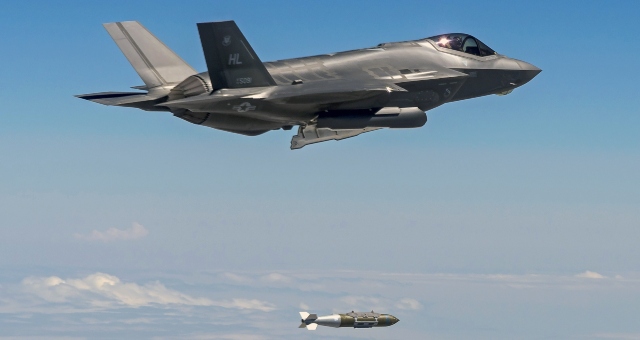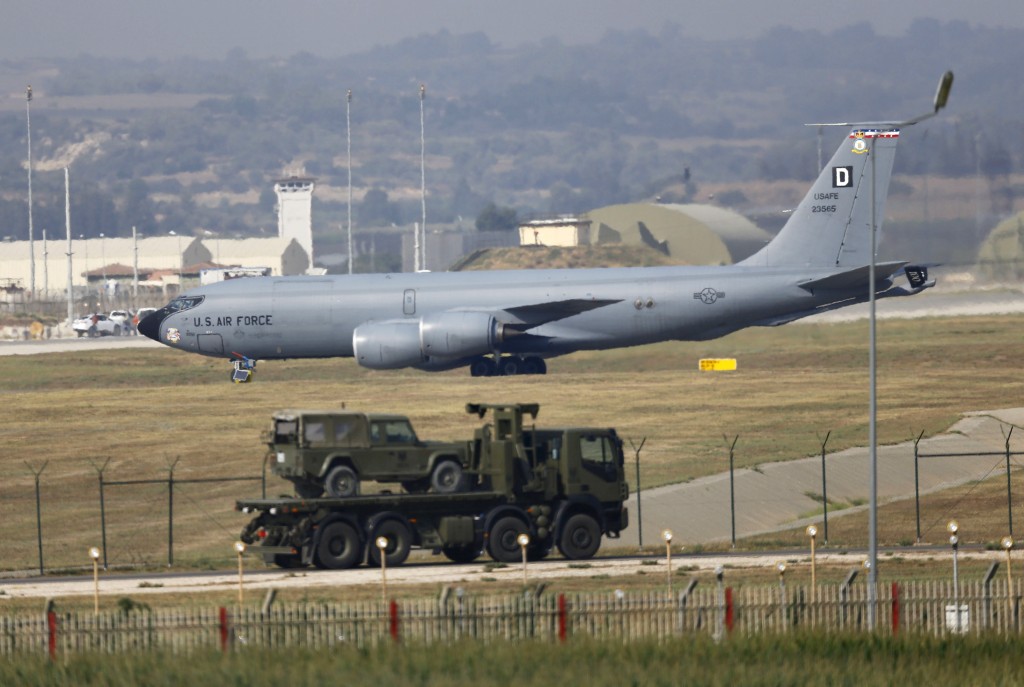
According to a Bloomberg report, the Air-Launched Rapid Response Weapon (ARRW) intended for use by the U.S. Air Force has experienced three successive failed tests. ARRW was developed by defense manufacturer Lockheed Martin. (Related: U.S. set to lose next war against China, Russia hypersonic missiles; Pentagon said to be "several years behind" both countries)
The three failed tests happened during restricted exercises centered on demonstrating the operation of the missile's booster motor.
Meanwhile, China and Russia have conducted test launches and fielded their versions of the new weapons, which can travel five times the speed of sound and maneuver in flight like a cruise missile, making them harder to detect and shoot down.
More booster motor tests on ARRW's schedule
ARRW's next obstacles will be two upcoming ground-based tests of its booster motor by June 30. If successful, a fully operational hypersonic missile could be authorized for initial production by Sept. 30. Before production, the service must finish a review of Lockheed Martin's ability to build and provide the new weapons.
The U.S. Air Force has yet to issue expenses related to the ARRW program, but data indicates the development phase could be about $1.4 billion. The deployment of these weapons that travel multiple times faster than the sound of speed and have unpredictable flight paths are being rushed as chaos in Ukraine erupts.
ARRW will be air-launched from a Boeing B-52 Stratofortress bomber's wing and hurled by a booster motor before the solid glide body, or warhead, travels at hypersonic speed to its target.
A spokesperson for Heidi Shyu, the Defense Department's undersecretary for research and engineering, said that she is "supportive of the Air Force's aggressive efforts to accelerate development," although "the September 30 operational capability date is a very aggressive schedule."
According to Kelley Sayler, an analyst in advanced technology, the combat-ready date of September 30 "leaves little to no room for test delays or additional flight failures, and so it will likely be challenging."
While there are still technical and engineering problems surrounding ARRW's development ahead of being combat-ready, the U.S. is falling behind its international competitors in the acquisition of hypersonic weapons.
Russia recently test-fired a hypersonic missile, delivering a message to the U.S. and North Atlantic Treaty Organization (NATO) allies in advance of its invasion of Ukraine. Hypersonic weapons will form the core of Russia’s non-nuclear deterrence capability in the future, according to Defense Minister Sergei Shoigu.
The U.S. said Russia has deployed its Avangard Hypersonic Glide Vehicle and its Tsirkon hypersonic anti-ship and land-attack missile. A top U.S. nuclear commander said China is also spending heavily in hypersonic weapons, and it has put one in orbit last July that traveled 25,000 miles in more than 100 minutes of flight.
Russia and China are able to push ahead on new weapons without the supervision by lawmakers and the public that can delay testing and deployment under the Department of Defense's acquisition system.
The U.S. Air Force is also evading its bets on the declaration date. A program office statement said that it "continues to aggressively pursue" an early operational capability "while maintaining high standards of technical rigor." It added that the flight test program "has successfully demonstrated a number of first-time events."
US has a lot of catching up to do with China
Meanwhile, the chairman of a House subcommittee that monitors the program is doubtful of U.S. efforts to date, and particularly whether the U.S. Air Force can achieve its goal this year.
"The U.S. has a lot of catching up to do with China. It will take much more than a September 30 press release to regain the lead we've squandered since the 1970s," said Tennessee Rep. Jim Cooper, who added that the Pentagon’s hypersonic weapons effort need "funding, engineering excellence, and rapid testing to begin to reach parity."
"Even then, I worry that the U.S. does not even know how to catch up, particularly given the repeated failures with the missile program that we've had to date on components that should not be technically challenging," Cooper remarked in a statement.
A production decision on the first 12 missiles that was earlier planned for January is on hold until the results of the December failure review, the two additional booster motor tests and the full-missile flight.
The program office said it "will not award a production contract without a Production Readiness Review and a successful All Up Round Test Flight."
"To date, the team has not found any systemic quality issues at Lockheed or its subcontractors" that caused the test failures, the program office added. Lockheed Martin was initially awarded a $480 million development contract in April 2018 that was expanded to US$986 million in December 2019.
Watch the video below about Russia successfully launching a hypersonic missile from a Russian nuclear submarine.
This video is from the Russia Truth channel on Brighteon.com.
More related articles:
Powering hypersonic weapons: US armed forces eyeing dangerous 5G tech.
New Russian hypersonic missile can achieve speeds of Mach 27 and will become operational in 2020.
U.S. missile defenses rendered totally obsolete by Mach 10 hypersonic missile developed by China.
Follow MilitaryTechnology.news to know more about the latest hypersonic weapons.
Sources include:
Please contact us for more information.























